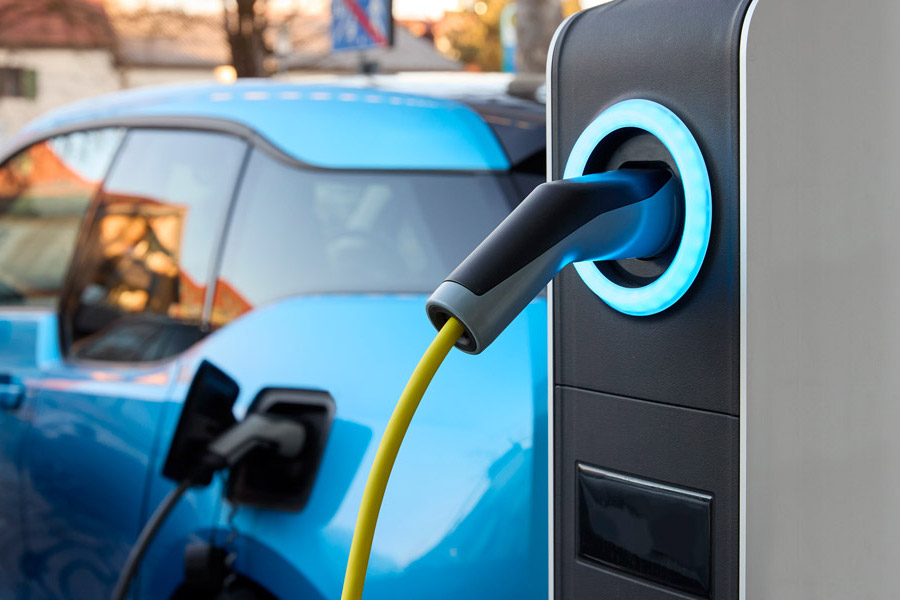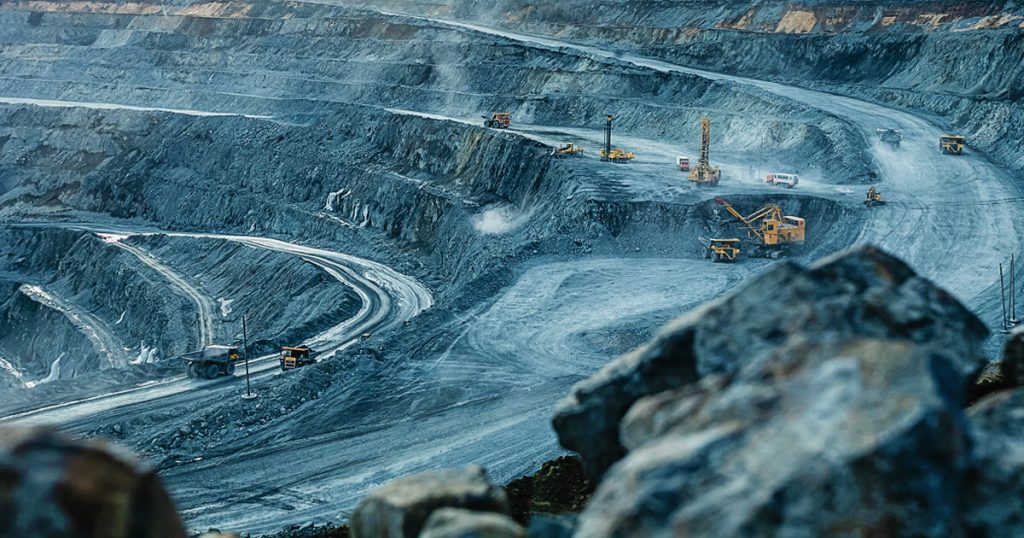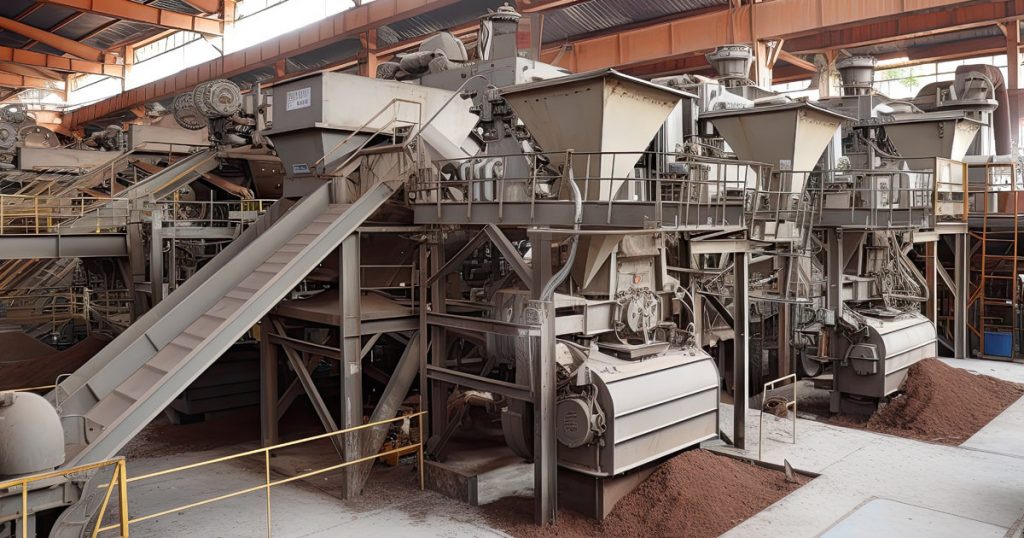Rare Earths from Europe: Dream or Soon Reality?
February 2023 | News
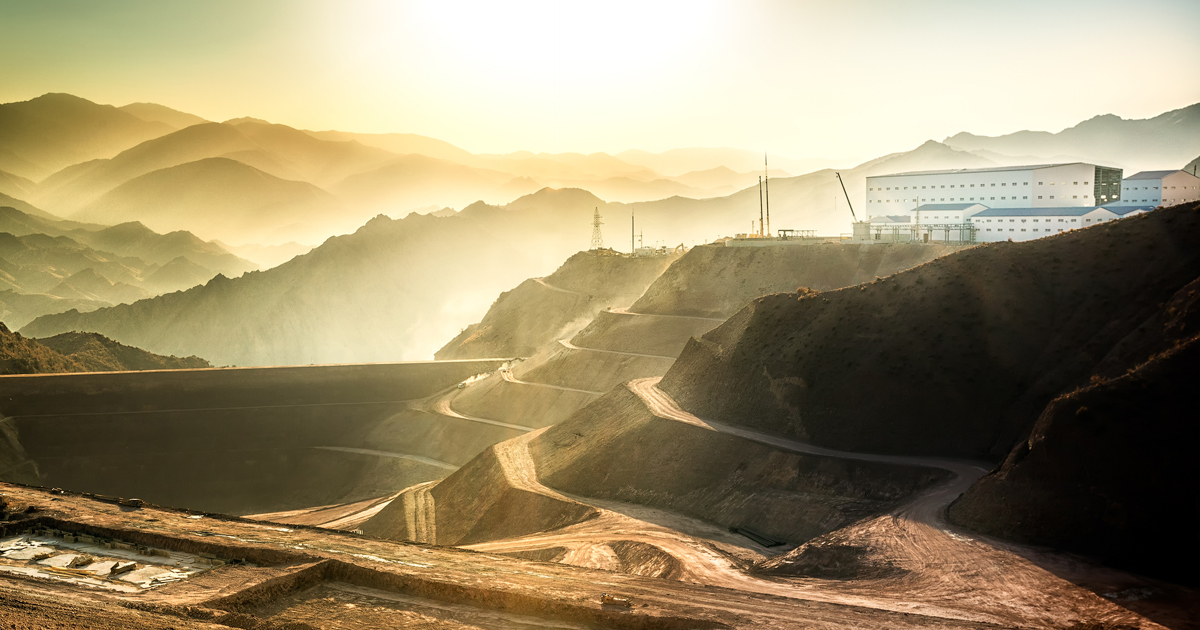
Source: iStock/Funtay
In January, the Swedish state-owned mining company LKBA made the discovery of a rare earth deposit public. According to LKAB, the deposit called Per Geijer comprises over one million tons of the raw materials. It is still unclear if and when mining the raw materials can reduce the EU’s dependence on imports from China.
It could already be the raw material news of the year. In early January 2023, the discovery of huge quantities of rare earths was reported in Swedish Lapland. Swedish mining company LKAB discovered them near its iron ore mine in Kiruna. In a press release, LKAB estimates that more than one million tons of rare earths are stored here. The critical minerals are needed to produce computer chips and permanent magnets, which are installed in wind turbines and electric cars, for example. So far, Europe has been getting most of its raw materials from China. The country produces 60% of the world’s rare earths and 90% of its processing, making it the world’s largest producer of rare earth oxides. Therefore, many politicians and companies hope the sensational find will give Europe strategic independence.
How long will one million tons of rare earths last?
One million is not much, considering that the German Federal Institute for Geosciences and Natural Resources (BGR) reports the worldwide demand for rare earths is 130,000 metric tons per year. It corresponds to eight times the number of raw materials required annually. However, the situation is different if we take the demand within the EU as a comparative figure. The European Union imports around 16,000 tons of processed rare earth products, such as permanent magnets, per year. According to a report by the European Raw Materials Alliance (ERMA), demand will more than double to over 37,000 tons by 2030. This means that the EU is 98% dependent on foreign countries. If raw materials discovered in Sweden were used instead, Europe would be independent for 62 years.
Years of Planning Instead of Short-Term Mining
LKAB points out that it could take many years before the rare earthss are mined in Sweden’s north. So far, not even an application for a mining permit has been submitted. However, this is to be done within the year. First, further investigations of the deposit and the mining conditions are pending. The impact on nature must also be clarified and financing secured. A further phase consists of the actual construction of the mining site and the logistical infrastructure. The latter will connect the mine to the road network and supply it with energy as well as water. LKAB expects a total time frame of at least ten to fifteen years for all phases. In the short term, therefore, the European economy will not be able to rely on raw materials from Sweden.
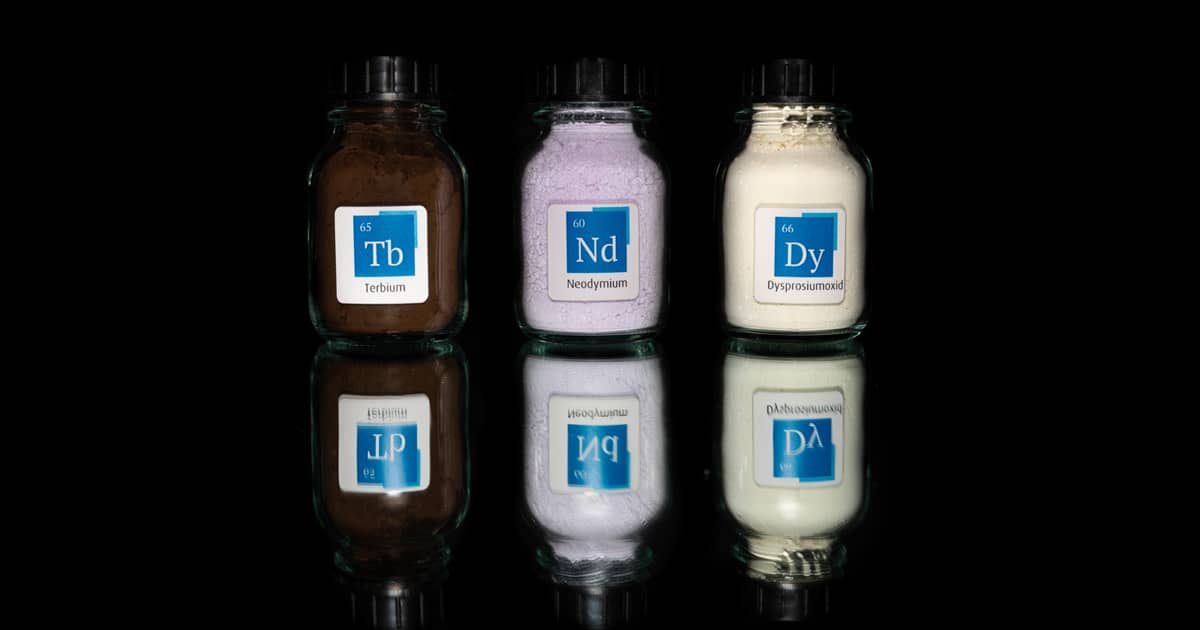
Source: Kai Wipperfürth / TRADIUM GmbH
Rare Earth Deposits in Europe More Common than Thought
Per Geijer is not the only rare earth deposit in Europe Norra Kärr, another unexplored deposit, is also located in Sweden. In addition to Sweden, other countries have corresponding mineral resources, but these have yet to be exploited.
- In Greenland, which politically is part of Denmark, there are two large deposits; each has about 5 and 6.5 million tons of raw materials. These have been well exploited since 2010, according to the BGR. The current government on the island is focusing on the environment rather than mining and has severely restricted raw material extraction.
- In Spain, the critical minerals found in the Matamulas mine in the Castilla-La Mancha region, for example, also remain in the ground, according to the news portal phys.org. The mining project is on hold because of environmental concerns.
- Sweden’s neighboring country, Norway, is also said to have corresponding raw material deposits. Unlike in Kiruna, the minerals are found in the seabed rather than underground, as the industry portal Rawmaterials.net reports. As discovered in January 2023, larger quantities of valuable raw materials are stored off the coast of Norway, including 1.7 million tons of the rare earth element cerium.
- Germany’s soils also hold rare earth elements. However, the two known deposits in Saxony and Bavaria are too small to make mining worthwhile.
So far, the production volume in the EU is zero tons. However, ERMA is convinced that the European deposits could form the basis for a European rare earth industry. The association is optimistic that 7,000 tons of rare earth magnets could be produced per year by 2030. If the plan comes to fruition, this will cover 20% of Europe’s demand for rare earth magnets. But it remains to be seen when and with what output the first mine in Europe will mine rare earth. Until then, the European industry will depend on raw material supplies from the Far East.

